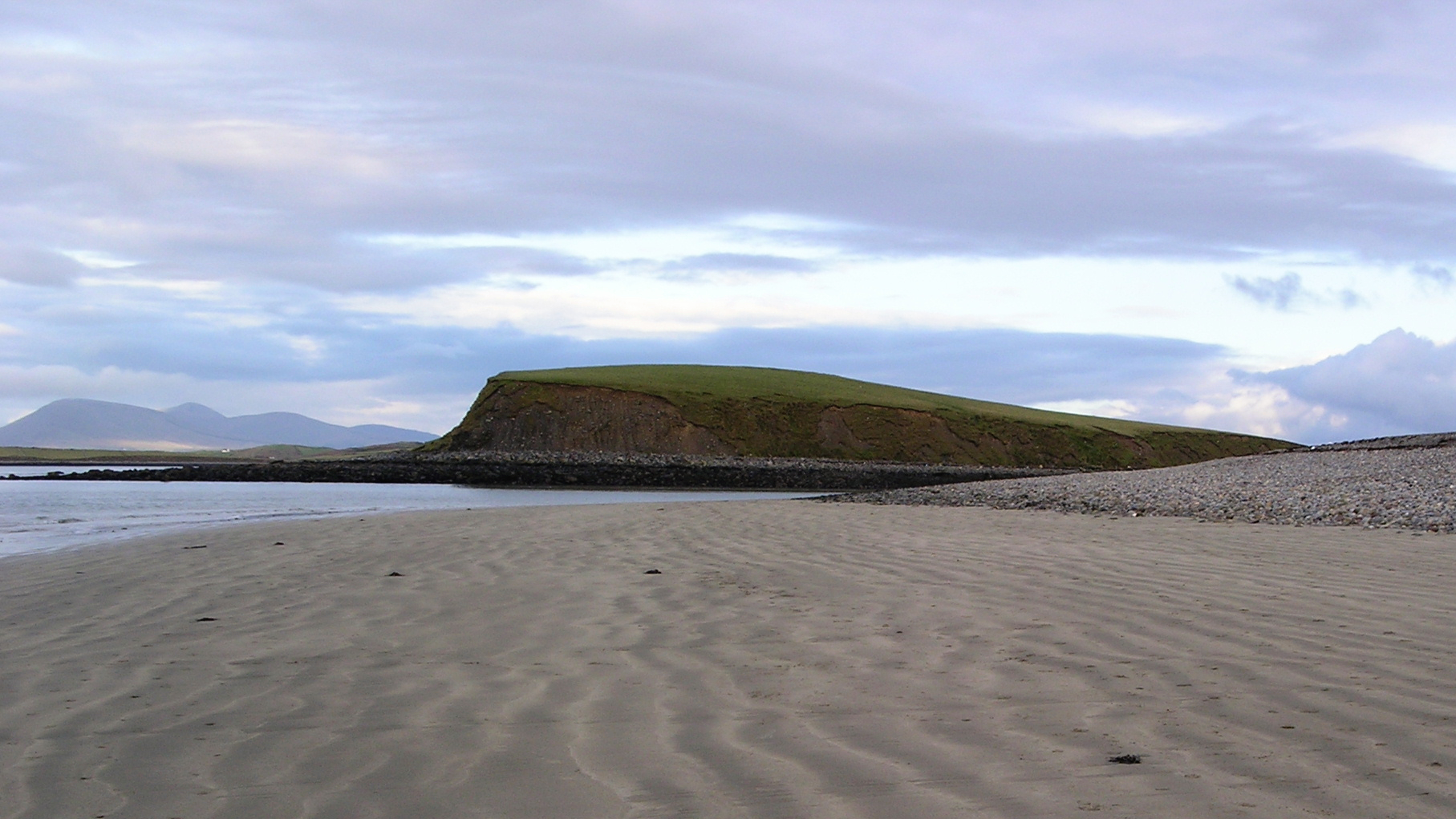Space lasers are solving an ice-age mystery
Where did all these weird hills come from?

For more than a century, geologists have puzzled over the origins of a peculiar landform called the 'drumlin hill'. Now, they're firing lasers from space to try and find a solution.
Drumlins are easily recognisable when you know what to look for - they're shaped a bit like an upturned spoon or half-buried egg. You've probably seen hundreds of them without realising. They're often found clustered together in "swarms" across large areas of Europe and North America.
Islands of Sediment
We know that they were formed during the last ice age, as massive ice sheets scraped over the rock below. But there's some dispute over whether they were built up gradually or sculpted out of older sediments.
To try and get a clearer picture, a team from the University of Toronto gathered data from satellites using LiDAR - an instrument that's a bit like radar, but uses lasers instead of radio waves. The resulting topographical maps are extremely accurate even where landscapes are covered with trees or water.
They found that drumlins are essentially 'islands' of sediment left behind where debris being dragged along below the ice sheets has acted like sandpaper to erode the surrounding terrain. Drumlins, it seems, are simply a smaller part of a larger family of landforms formed by erosion.
'Major surprises'
"The new data we were able to obtain shows that these landforms occur on hard rock, which stresses the importance of sculpting below the base of the ice sheet," said undergraduate student Lina Arbelaez-Moreno, who worked on the project. The team published its analysis in the journal Sedimentary Geology.
"Drumlin hills are the most studied and yet the most enigmatic ice age landform," added Nick Eyles, who led the team. "Thanks to high resolution satellite imagery and new technology like LiDAR, we're literally seeing the surface of the planet for the first time and finding major surprises in the process."
Sign up for breaking news, reviews, opinion, top tech deals, and more.
